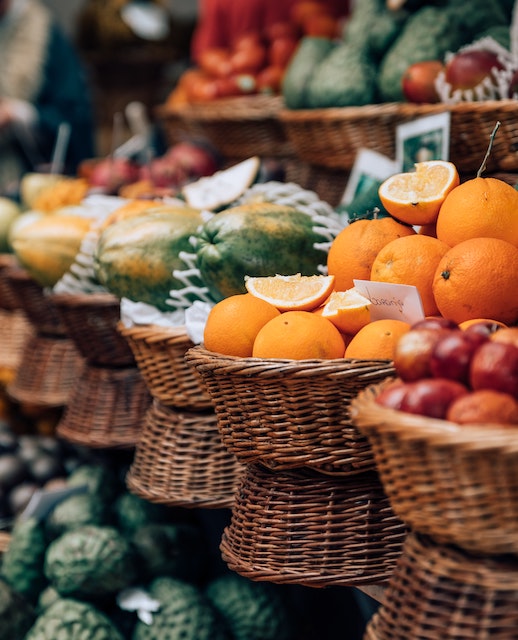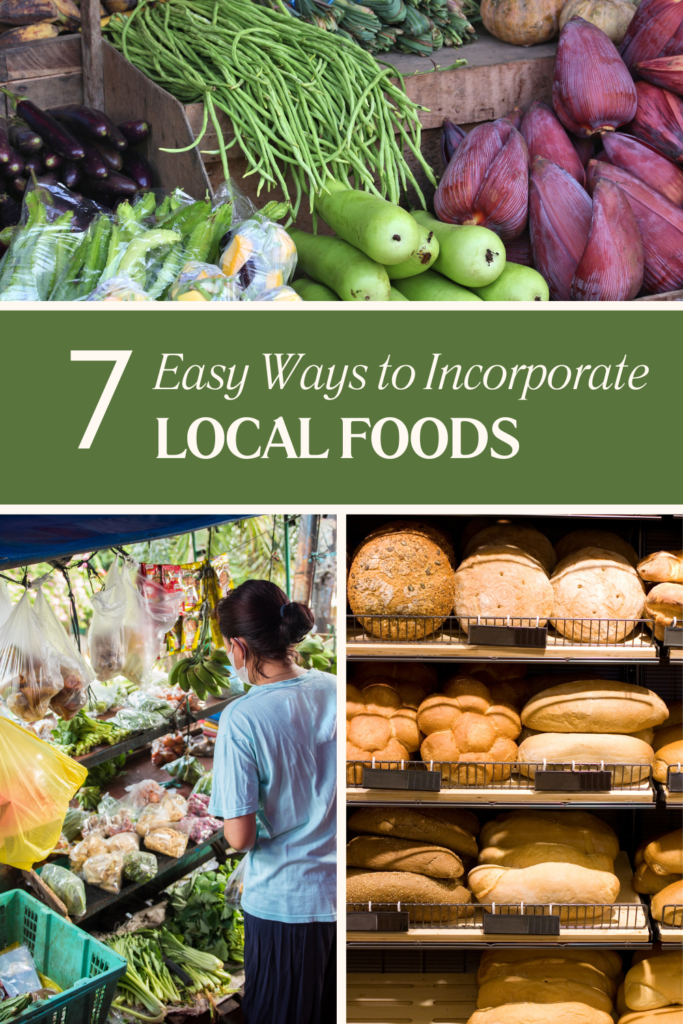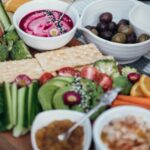There are plenty of ways you can reduce your environmental footprint by making smart choices when it comes to your diet. Whether you have decided to be on some sort of plant based diet or not, another great option is to focus on local and seasonal foods. Local foods are often fresher, tastier, and more nutritious than their long-hauled counterparts. Plus, buying local helps to bolster your local economy and conserve energy used in transportation. Here’s a straightforward guide on ways to incorporate local foods into your daily meals.

1. Grow your own food!
Starting a garden is an excellent way to ensure your food is as local as it gets. Whether you have a backyard garden, a balcony with pots, or a windowsill for herbs, growing your own food is incredibly rewarding. Gardening not only connects you directly with the process of food production but also guarantees the freshness of your meals. If you are unable to start a garden where you live, think about joining a community garden or helping out with a friend/family member who has a garden.
2. Visit farmers’ markets
One of the easiest and most enjoyable ways to start incorporating local foods into your diet is by shopping at farmers’ markets. These markets are fantastic sources of fresh fruits, vegetables, meats, and baked goods, directly from the producers. You’ll not only find the freshest produce from your area but also discover seasonal items that are at their peak of flavor and nutritional value – just one of the reasons to eat local!
3. Join a Community Supported Agriculture (CSA) program
By signing up for a CSA, you purchase a share of a local farm’s produce for the season. In return, you receive a weekly or bi-weekly box of fresh produce and other farm products. It is a win-win for both farmers and consumers! This model supports local farmers with upfront revenue and provides you with a regular supply of fresh, local food.
4. Shop at local grocery stores or those that have local options
If you have one in your area, shop at a local grocery store or a chain that stocks local products. These stores often have relationships with local farmers and producers to provide a variety of local dairy, meat, bakery, and pantry items.
5. Eat at restaurants that source local foods
When dining out, opt for restaurants that use local ingredients. Many chefs are proud to showcase local produce, meats, and cheeses in their dishes. By choosing these establishments, you not only enjoy fresher, tastier meals but also support the local farming community and sustainable restaurant practices.
6. Add local options to your meal plans whenever you can
One of the best ways to reduce food waste is to meal plan/prep each week. As you plan out your meals, prioritize ways to incorporate local foods into as many dinners as possible. Even if you can only use local produce or bread from a local bakery, that is better than nothing!
7. Preserve local foods that you have access to
When you have access to local foods, take the time to preserve it for later so that you can enjoy it year-round. Techniques like canning, freezing, and drying are excellent ways to preserve fruits, vegetables, and herbs. This not only helps in reducing food waste but also keeps your pantry stocked with local goods all year.

Incorporating local foods into your diet doesn’t have to be complicated. By making simple, conscious decisions about where and how you shop, you can greatly increase your intake of local foods. Each step (whether it’s visiting a farmers’ market, joining a CSA, or dining at a local-centric restaurant) contributes to a more sustainable and community-focused food system. How do you embrace local foods in your diet??
Love,
Jenna ♥





So many excellent suggestions! My building recently started a community garden, so that will definitely help!